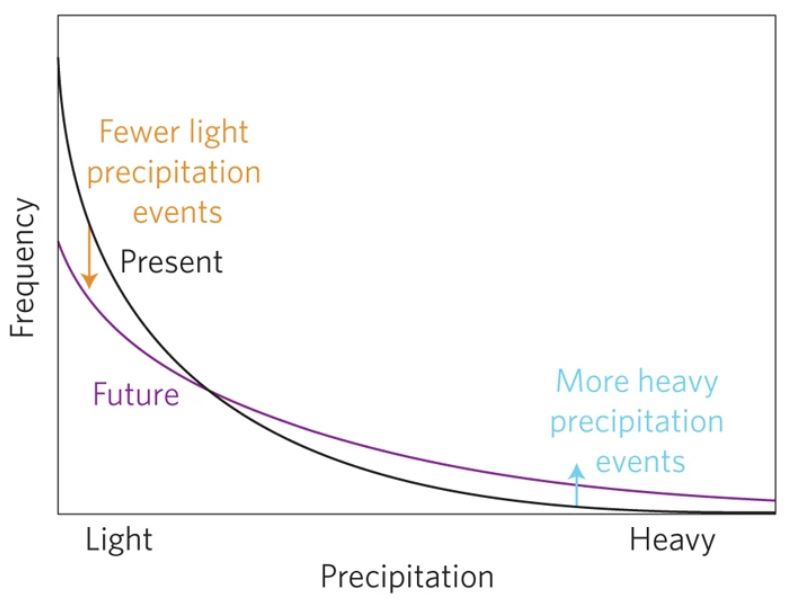Das Wichtigste was man über Klima-#Kipppunkte wissen sollte, in unter 13 Minuten: mein Eröffnungsvortrag der #Energietage von heute morgen.
Speziell zum Thema Atlantik-Umwälzzirkulation gibt es noch ein Kurzvideo von meinem Vortrag auf der Exeter-Konferenz zu Kipppunkten auf unserem Youtube-Kanal.
Lesenswert dazu alleine aus den letzten Monaten:
1. Übersichtsstudie aus Science vom September, science.org/doi/10.1126/sc…
(Unten eine deutsche Übersetzung der zentralen Grafik)
1. Übersichtsstudie aus Science vom September, science.org/doi/10.1126/sc…
(Unten eine deutsche Übersetzung der zentralen Grafik)

3. Climate Futures Outlook des Hamburger Exzellenzclusters CLICCS vom Februar, cliccs.uni-hamburg.de/results/hambur… 

• • •
Missing some Tweet in this thread? You can try to
force a refresh



















